
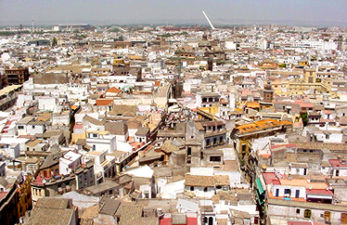
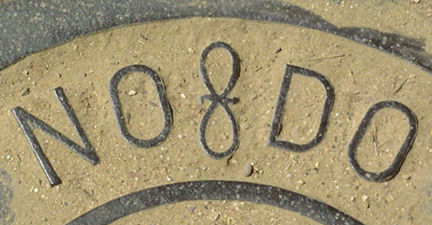



Seville (left) is the heart and soul of Andalusia - the wellspring of flamenco, bullfighting, Carmen and passion for living. It is a sprawling city of buildings crammed next to one another, narrow streets a car can barely maneuver, and maps that make no sense whatsoever.But it's not a city for thinking - it's a city for feeling and experiencing. Can you think of another city whose motto is a play on words?
The city motto is present all around you - even on manhole covers (right). That symbol in the center that looks like an 8? It represents a skein of yarn (madeja), so it says "no madeja do." This is derived from a statement from a period of history when a fraternal battle erupted in the region. The king's brother, desiring to rule himself, brought arms against the king. He was, in fact, well-supported and it appeared that he would usurp the throne. The people of Seville, however, remained loyal to the King, refusing to give up and ultimately helping the King to win. In his gratitude, he told the people of Seville: "No me ha dehado," or "You did not desert me." This phrase was corrupted into "no madeja do." This symbol is even on the base of Columbus' tomb in the Cathedral.
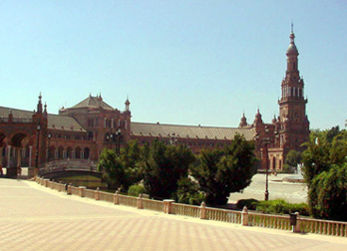
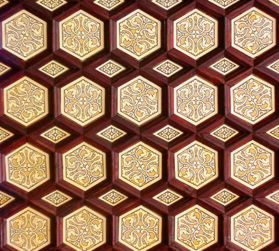
There is a huge park in Seville - full of trees, horse-drawn carriages, museums, and Plazas. It is the perfect place for a stroll on a summer's afternoon. The semi-circular Spanish Plaza (left) is a large collection of edifices built for the World's Fair held there in the 80's. The details in the Plaza are everywhere: a small manmade stream (with small punts you can rent to row along) runs through it, arched bridges span the water, and mosaics for every Spanish state with details about each are embedded around the edge. Even the ceiling of the gallery that runs the along the buildings are not ordinary - they are elegant gilded tiles resting in a honeycomb of stained wood (right).
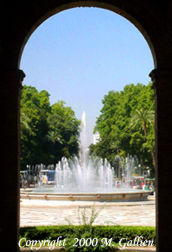
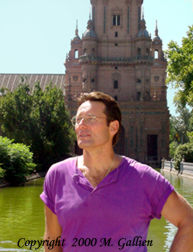
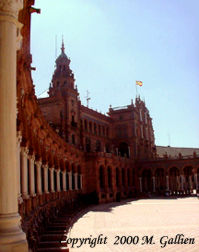
The center of the Plaza is dominated by a huge fountain (left) that must have been about 50 feet in diameter, and in hot sun, you can't help but dip your hands into the water to cool yourself. The plaza is also a handy place to haggle over souvenirs with the local vendors setting up shop in the shady areas. After 3 months in the Almeria desert, the bright beauty of the Plaza for us was to be enjoyed (middle). It's such a lovely place, it's hard to believe that these buildings (right) are now government offices.
![]()
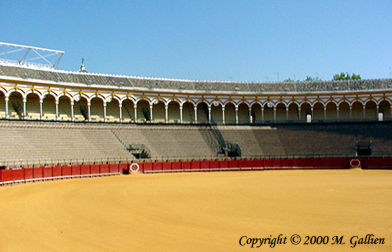
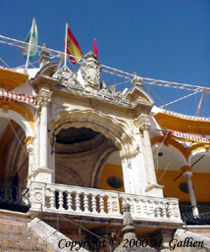
After having attended the bullfight in Madrid, we definitely wanted to see the Plaza de Toros de Maestranza. This bullfighting venue is the greatest one in Spain, and houses a school for future matadors on its premises. The building itself is another example of Spanish patience and perseverence - it took over 100 years to finish. Inside, the golden sand of the arena is a beautiful contrast to the traditional red walls that surround it (left). The seating is all hard stone benches, except for the Royal Box (right), from which the King and Queen, family members, and dignitaries watch when they are in attendance.
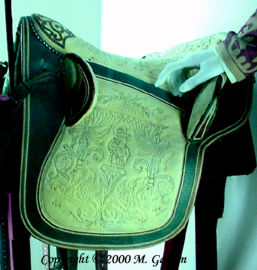
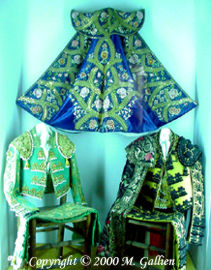
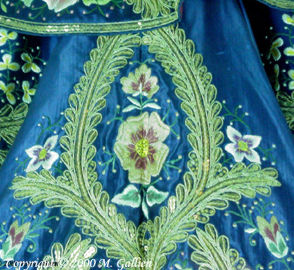
The museum is small but full information about the bullfight and the men who have made their livelihood facing the bulls. The displays included some of the equipment that has been used, including this saddle (left) which had knee pads that resemble those of an Australian stock saddle. There as also a collection of matadors' costumes, known as the "suit of lights" (center). The designs are embroidered onto the shiny satin, and the craftsmanship, as seen in the detail (right) is exquisite.

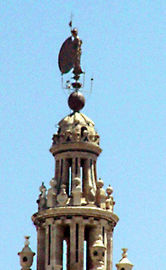
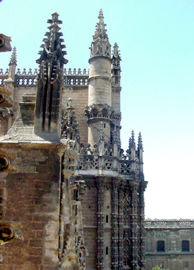
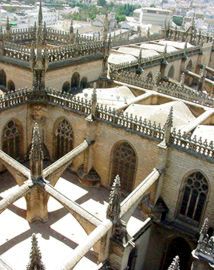
La Catedral in Seville is one for the Guiness Book of World Records - it is the largest in the world, and a day is not enough to see all that it has to offer. Built on the site of a former Mosque (this seems to be a theme in Spain), it took centuries to complete. Even from a distance, you know where it's located - the large golden vane, the Giraldilla (left) is visible for miles. The exterior alone is spectacular from any angle from the Gothic spires (center) to the arches on the rooftop (right) .
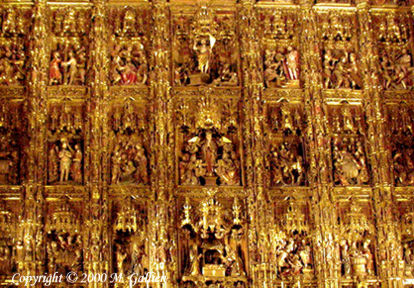
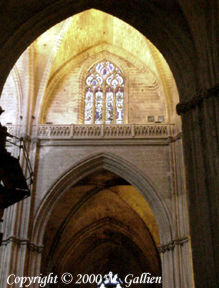
The central space of the Cathedral is dominated by a massive gold altar (left). Its immensity and detail is impossible to capture in a photo, but click here on the photo to see a larger image. There rest of the space contains over 50 small chapels and large expanses full of priceless artwork, and smaller alcoves with arched ceilings and stained glass windows (right).
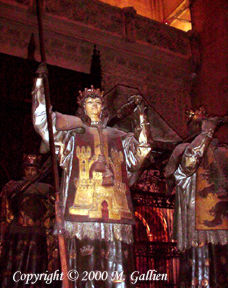
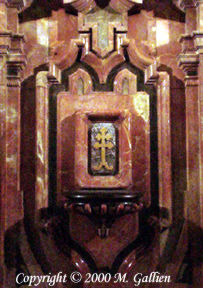
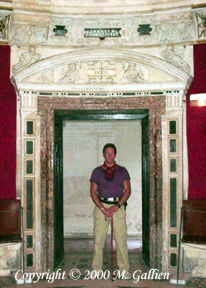
Near the entrance of the Cathedral is the above-ground tomb of Christopher Columbus - Four large, fully-painted knights holding a coffin aloft (left). The details inside are also incredible, from the marble fonts for holy water (center), to ornate carved wood figures, to marble and enamelled plaster chapel entrances featuring cherubs (right).
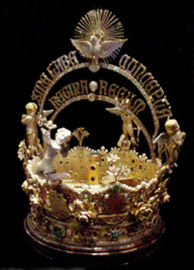

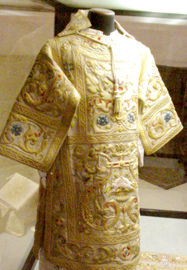
The Cathedral has a breathtaking display of just a few of the church's treasures. Among these are this gold crown encrusted with jewels (left), a solid dragon-shaped ewer (center), and heavily embroidered ecclesiastical robes (right).
�Copyright 2000 Mary Gallien. All contents, unless otherwise noted, are the property of Mary Gallien or used with permission of the copyright owner. All text and photos herein may not be reproduced or distributed without the express written consent of Mary Gallien, her official representative, or the copyright owner.
This page designed and maintained by Scorpio Rising. Send Comments